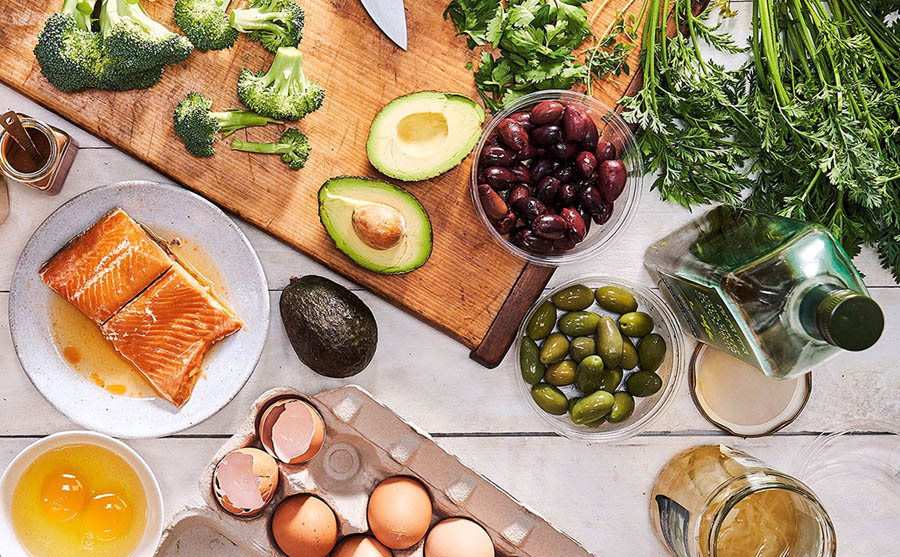The Link Between the Microbes in Our Gut, in the Soil and Our Diet

PREMIUM CONTENT for MEMBERS ONLY
Please login to view this content , or sign up for an account
I was invited by Patagonia Provisions to write an article for their journal addressing the connections between the microbes living in the soil and in the gut, and about the way this ecosystems interact through the food that we eat. The story became the main theme of my new book, in which I expand on this remarkable connection

|
Feed Your Gut Right
|
|
A galaxy of microorganisms lives within your gastrointestinal tract and it’s called the gut microbiome. Among other vital functions, these microbes make up the largest component of your immune system.
|
|
As with any other ecosystem, your gut microbiome thrives on diversity. And a thriving gut microbiome helps you thrive too.
|
 |
The gut microbiome consists of trillions of different microbes.
|
|
You are what you eat. Microbial diversity in the soil, and a diversity of foods grown in that soil, feed a healthy internal ecosystem.
|
 |
 |
What does your gut microbiome need? Mostly plants — especially legumes and grains for their fiber.
|
This article was written by Dr. Emeran Mayer and published in the Patagonia Provisions Journal in 2020. Even though Dr. Mayer strongly endorses the principles on which Patagonia Provisions is founded, he has no conflict of interest with the company and has not received any compensation for writing or promoting any company related information.
Photos (from top):
Some optimal foods for the human microbiome. Thomas J. Story
Escherichia coli bacteria (purple) within the small intestine. It’s abundant in the human digestive tract, and most strains of E. coli are beneficial, helping us digest food and producing vitamin K. Colored scanning electron micrograph (SEM) by Stephanie Schuller / Science Photo Library
Healthy soil filled with Kernza® roots and legume nodules, central Kansas. Amy Kumler
Some of the organic grains and legumes we use for Provisions foods. Aubrie Pick
Our organic Kale Savory Grains pack a surprising amount of protein—16g per serving. Wild Sockeye Salmon adds another 12g, plus a ton of flavor. Thomas J. Story
Some optimal foods for the human microbiome. Thomas J. Story
Escherichia coli bacteria (purple) within the small intestine. It’s abundant in the human digestive tract, and most strains of E. coli are beneficial, helping us digest food and producing vitamin K. Colored scanning electron micrograph (SEM) by Stephanie Schuller / Science Photo Library
Healthy soil filled with Kernza® roots and legume nodules, central Kansas. Amy Kumler
Some of the organic grains and legumes we use for Provisions foods. Aubrie Pick
Our organic Kale Savory Grains pack a surprising amount of protein—16g per serving. Wild Sockeye Salmon adds another 12g, plus a ton of flavor. Thomas J. Story

Emeran Mayer, MD is a Distinguished Research Professor in the Departments of Medicine, Physiology and Psychiatry at the David Geffen School of Medicine at UCLA, the Executive Director of the G. Oppenheimer Center for Neurobiology of Stress and Resilience and the Founding Director of the Goodman-Luskin Microbiome Center at UCLA.
